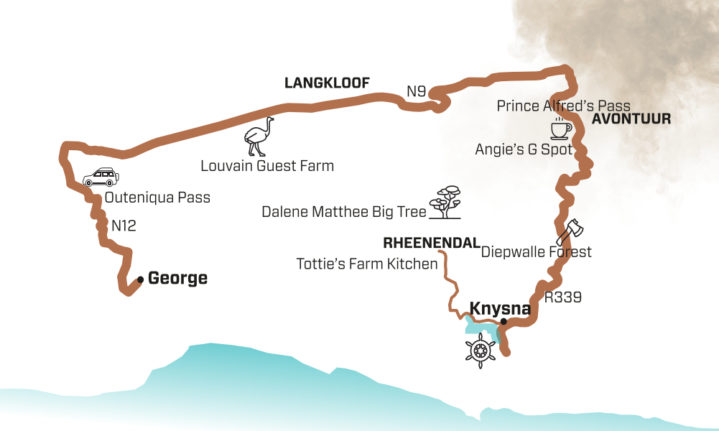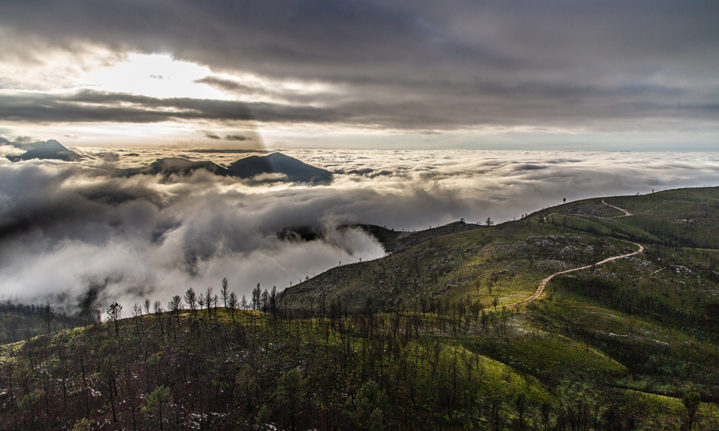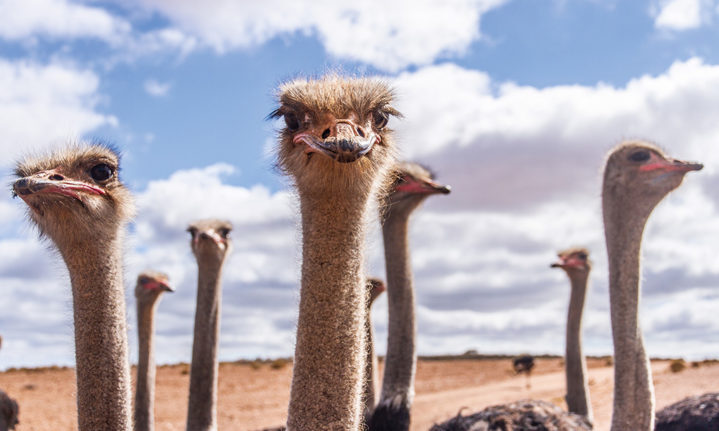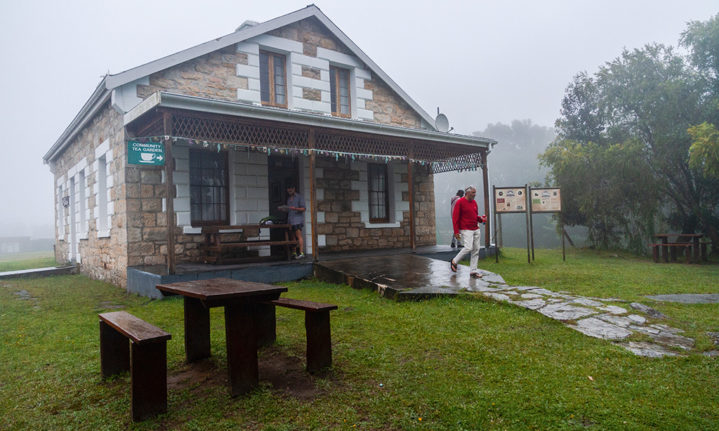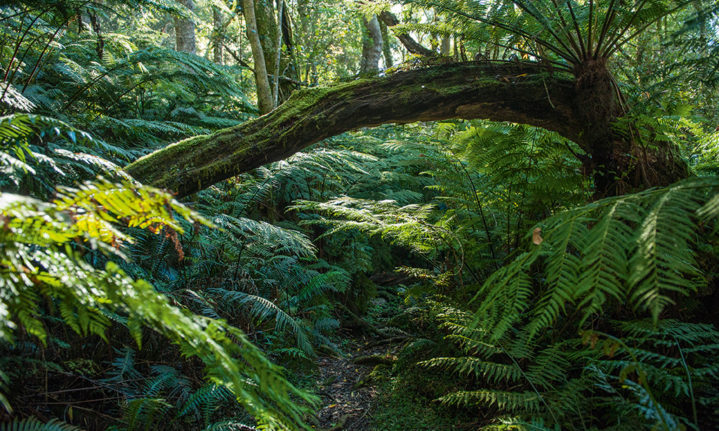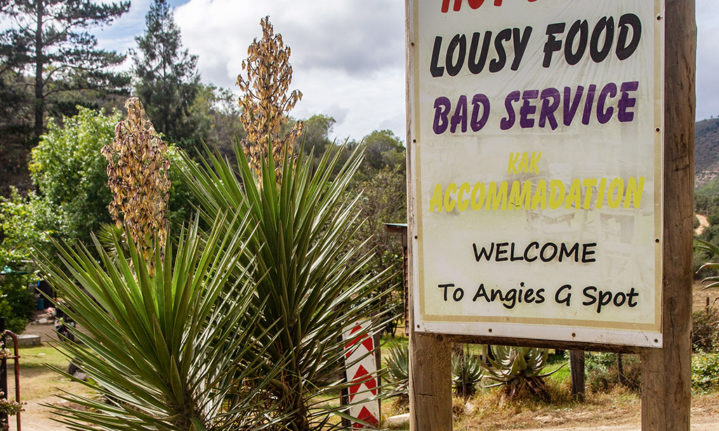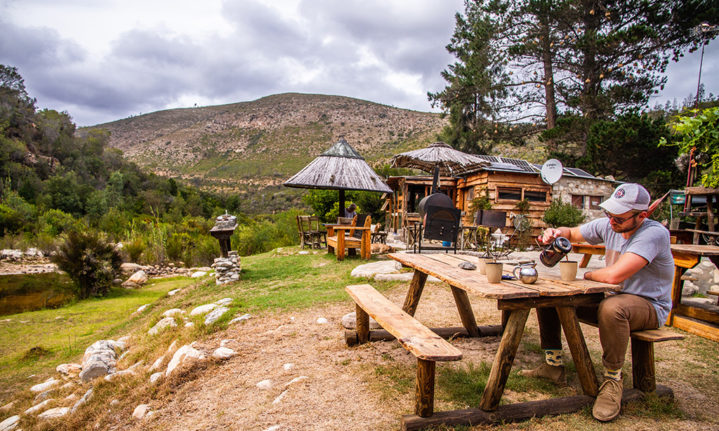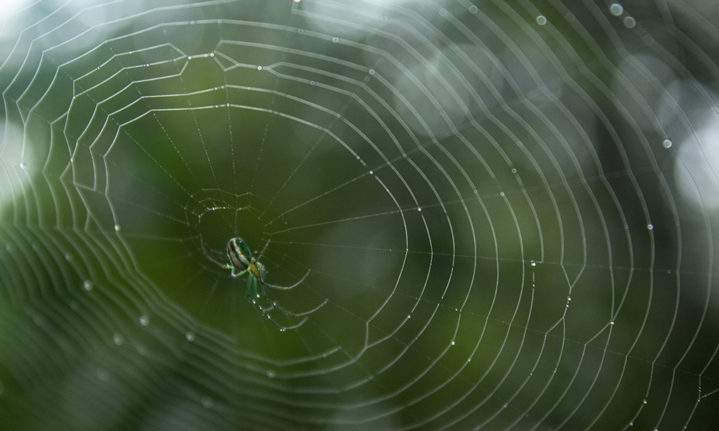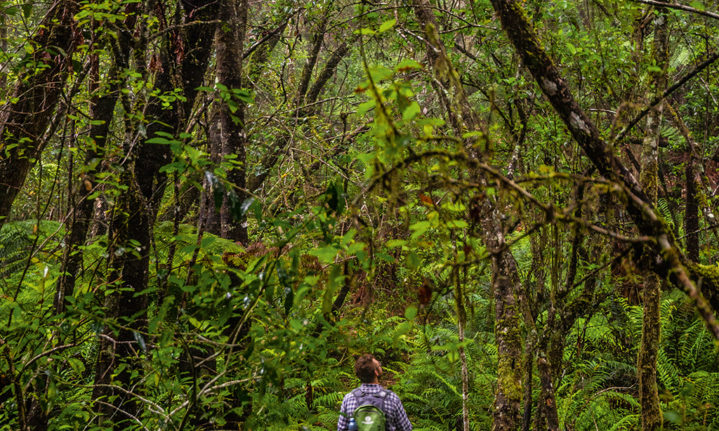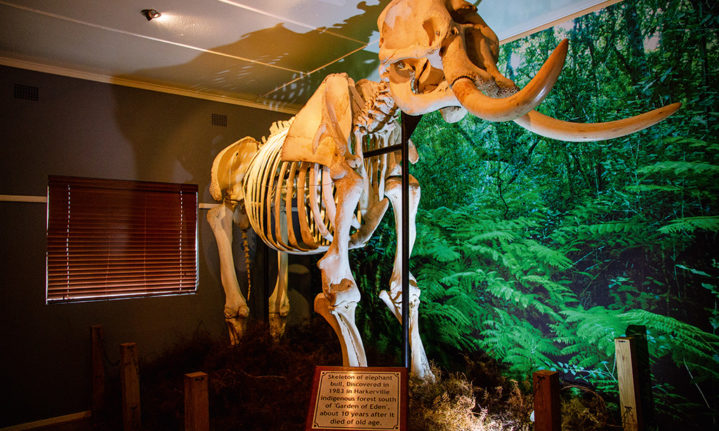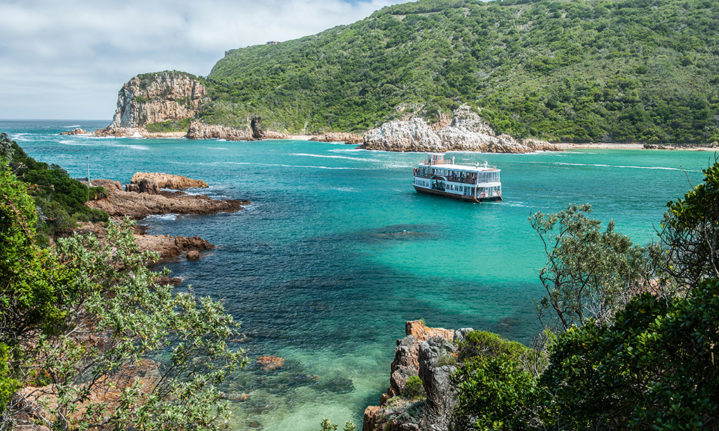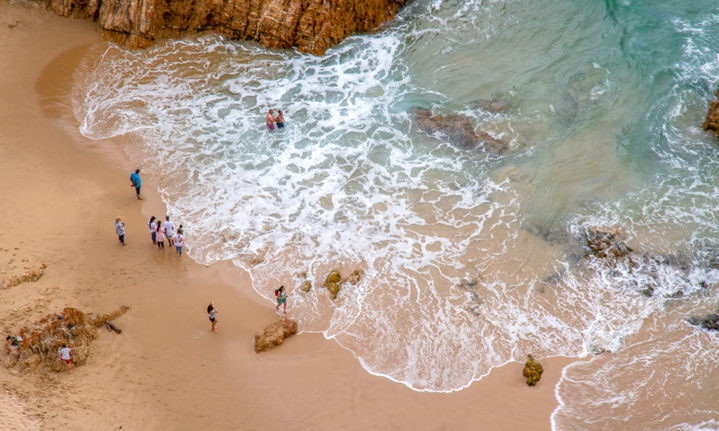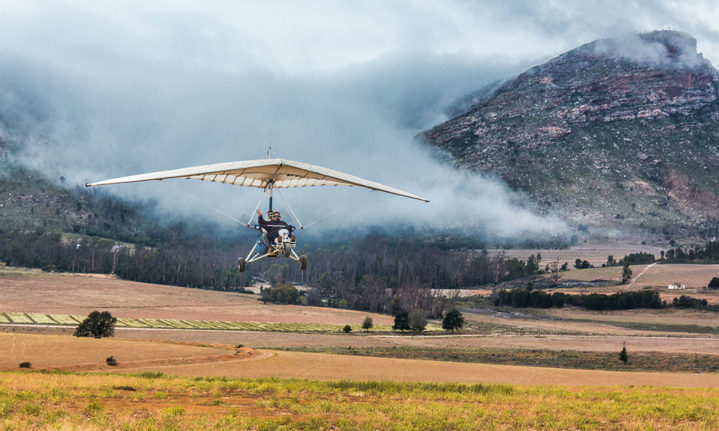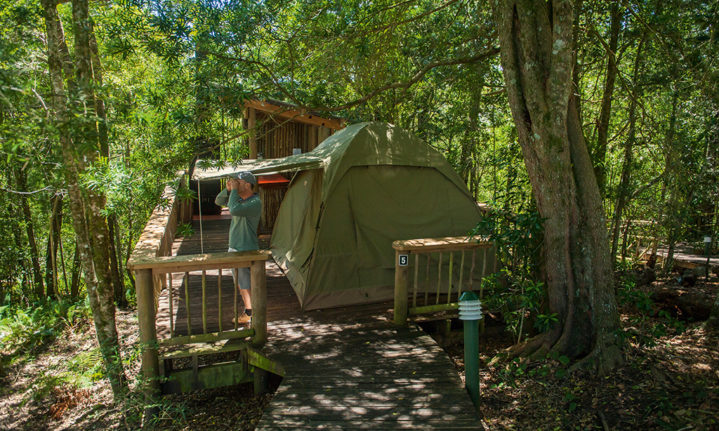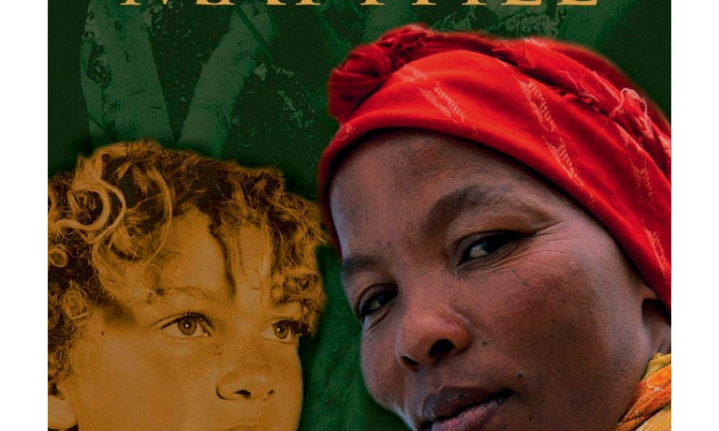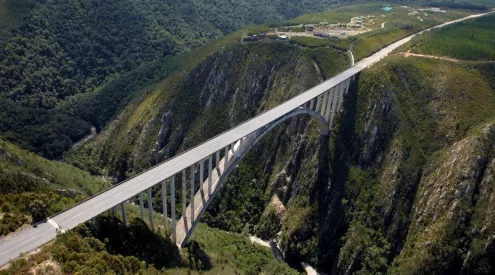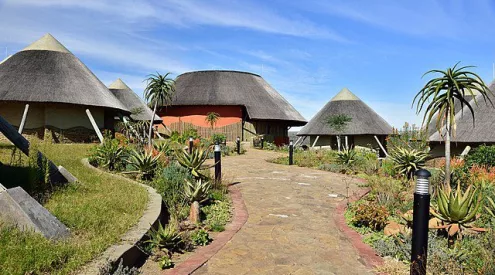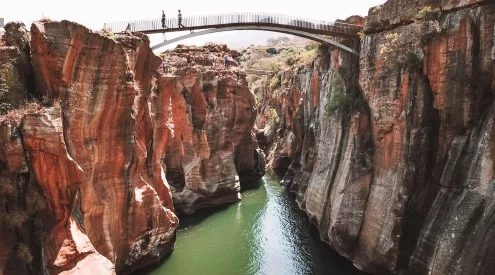Fiela’s child went on a journey of love, dispossession and triumph in late 19th-century South Africa. We followed suit 100-odd years later, in a little Hyundai hatchback.
By Jess Oosthuyse
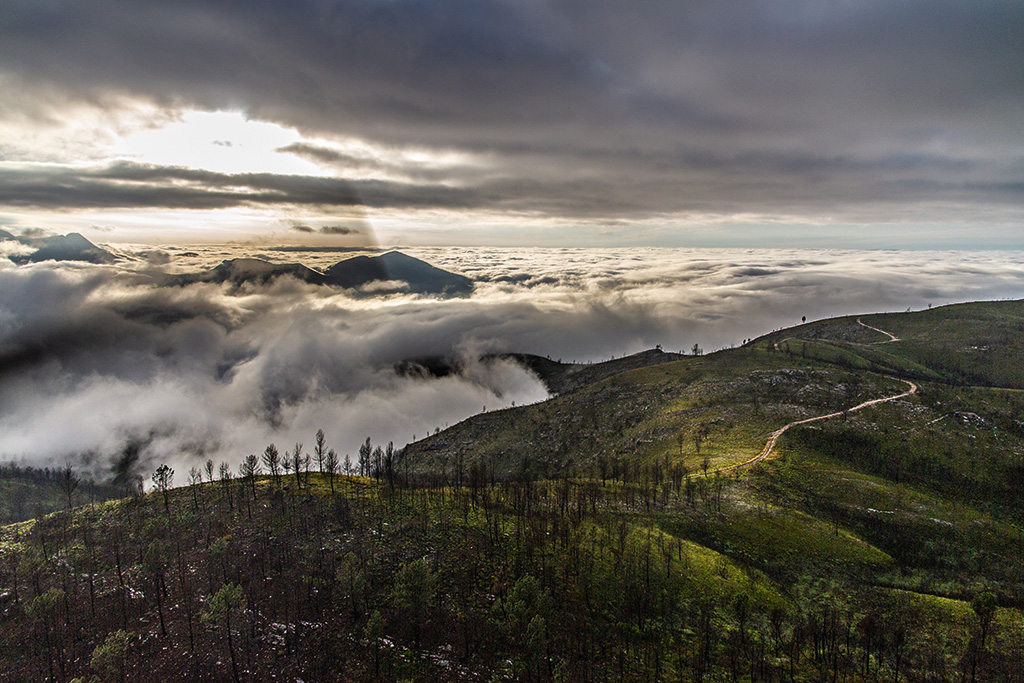
The ox wagon 4×4 route above Louvain Farm in the Langkloof was first used as a trade route in 1776 and was so treacherous it became known as Duiwelskop Pass.
The Kamoeties? I happen to know the family personally. In fact, they own a property just around the corner.’ My boyfriend Matt and I had been sipping lukewarm coffee and weak tea, overlooking the Keurbooms River at Angie’s G-spot (‘great spot’) in De Vlugt when we were roped into a monologue-style conversation with the namesake’s husband, Harold. Angie was working her way through a box of cigarettes by the makeshift bar. I didn’t have the heart, or the patience, to tell him that, while ‘Kamoetie’ was a popular surname in South Africa during the late 1800s, he couldn’t possibly know Fiela’s progeny personally. Dalene Matthee’s contemporary classic was inspired by real events, but the main storyline of Fiela se Kind (Fiela’s Child) is a work of fiction.
I couldn’t blame him for mistaking the book as fact – most people we’d met along our road trip thought so, too. It’s a story of a white toddler who was found at Fiela Kamoetie’s doorstep. She took him in, named him Benjamin, and raised him alongside her other children. But at 12 years old, Benjamin was discovered by the authorities and forced to live with a white woodcutter family, the Van Rooyens, who claimed that he was their long-lost son, Lukas.
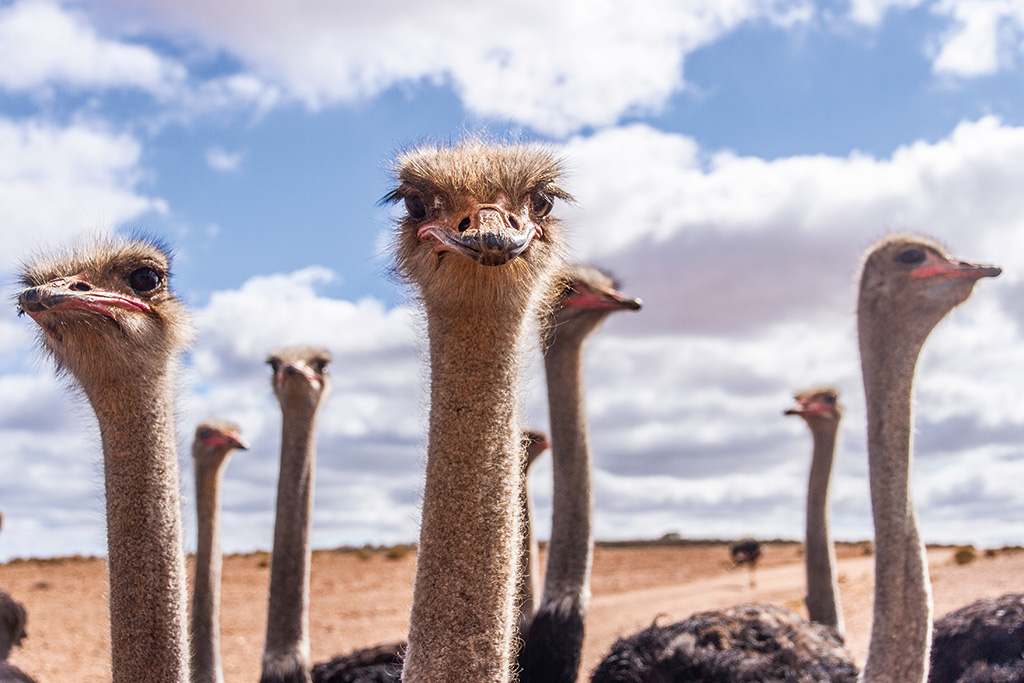
In the novel, ostriches were a symbol of hope and prosperity for the Kamoetie family.
Benjamin’s rich story is complemented by Dalene’s vivid and historically accurate depiction of 19th-century South Africa. The barren landscape of ‘dust and stone and aloes’, the damp forest that ‘smelled of mud and rotten leaves’ and the dramatic gap where ‘sea and lagoon met’ are what make the story come to life, and inspired our road trip retracing the footsteps of Fiela’s Child.
After stocking up on supplies in George, we hopped into our little Hyundai i20 and made for the Outeniqua Mountains; unlike the ox-wagons that once struggled over the hills, we had no trouble speeding along the neatly-tarred Outeniqua Pass. Lush-green mountain slopes gave way to a flat mosaic of khaki as we descended into the Langkloof, a 160km-long farming valley that lies between the Kouga and Kamannasi mountains, and made our way towards Fiela se Huis at Louvain Guest Farm.
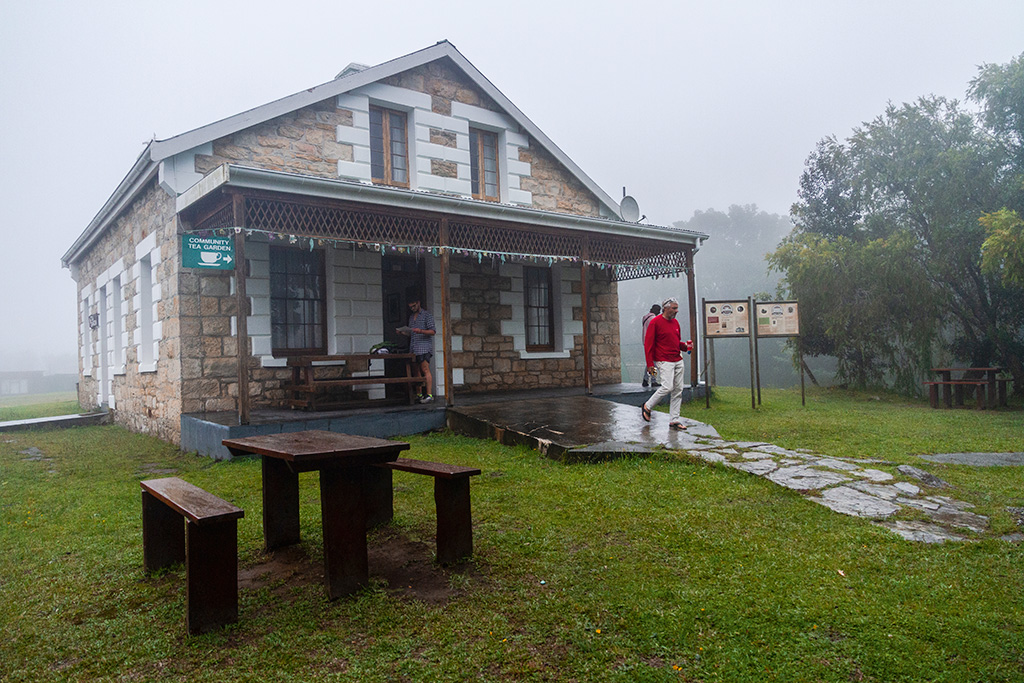
Sorry, folks, we got it wrong in the magazine. This is not Fiela se Huis at Louvain Farm but rather the tearoom at Diepwalle – pop in for a cuppa.
Waves of clouds rolled over the mountain slopes above the farm and I couldn’t help but chuckle as I imagined a disgruntled Fiela, hands on her hips as she scolded the mist that ‘trailed over the top and disappeared again’. But while the ‘mountains would not allow even a shred of mist to come over and give a little relief from the heat’, Fiela knew that the valley wasn’t altogether unprovided for. For God had given them ostriches.
With Langkloof closely situated to the ostrich capital of the world, Oudtshoorn, it’s no wonder Dalene’s characters made a living farming these indigenous birds. Nor was it surprising that Louvain fell within the bounds of a 20 000-hectare ostrich farm. The feathers were sought after as headdresses during the late 1800s but the industry only flourished for about 30 years before going bust. ‘Transport went from six miles an hour to 30 miles an hour, and the hairdo couldn’t handle it,’ Morne Jonker, one of the property’s shareholders, explained during our tour of the farm. Today, ostrich feathers are popular as feather dusters rather than the fashion accessories of old, and the farm relies predominantly on meat sales to sustain this niche market.
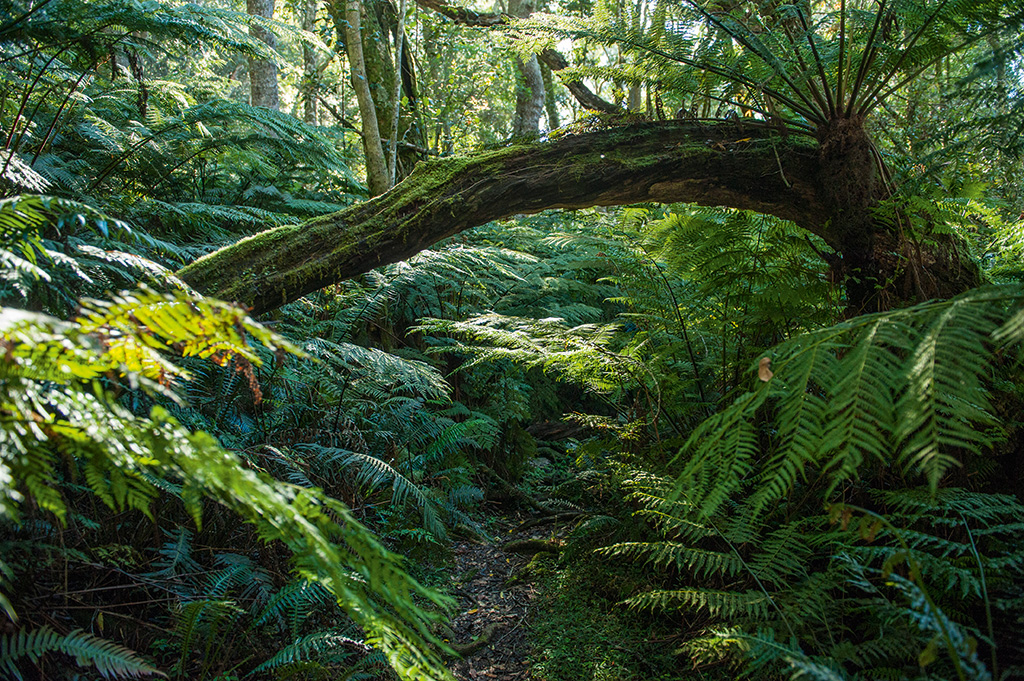
In the head-high bracken and dense forest foliage, it’s quite plausible that a young child could lose their way in the Diepwalle area.
Benjamin had been reluctant to go to the Knysna Forest but we followed in his footsteps with enthusiasm. From the summit, which was only a short distance from the turnoff at Avontuur, Prince Alfred’s Pass slithered along the edge of the mountain like a snake in the thick underbrush, and we sunk into De Vlugt.
Rattling on the corrugated road into Angie’s G-spot (a quirky biker’s bar and restaurant) for a coffee stop, we decided that it really is a great spot, with a great view, but when they say, ‘hot beer, lousy food and bad service’, they mean it. We thanked the owners for our cold beverages before climbing out of the valley to tackle the second half of the pass. By the time we’d clattered past Thomas Bain’s memorial and Strijdom van der Merwe’s interesting ‘Calling the Herd’ sculpture, Matt and I had renamed the dirt road ‘The Never Ending Pass’. Not altogether unwarranted considering it’s the longest publicly accessible mountain pass in the country.
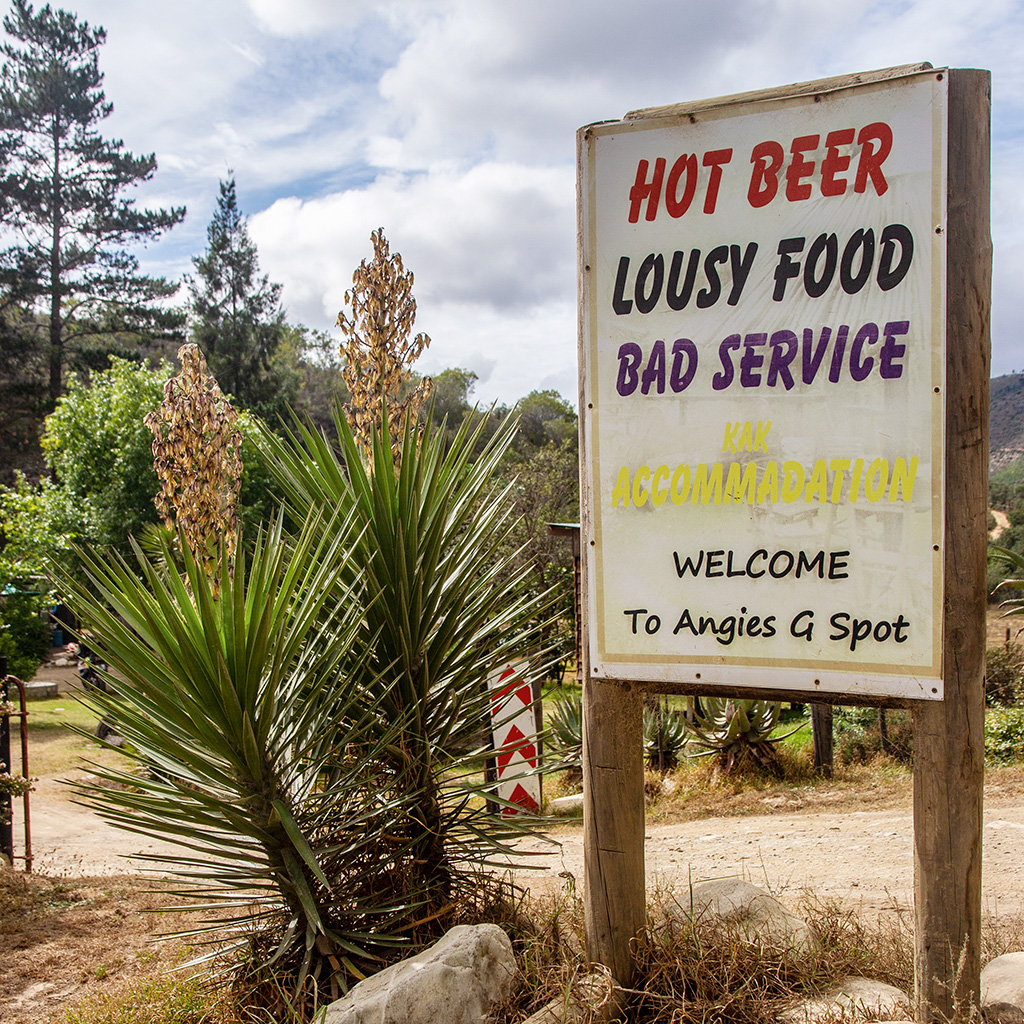
Honest marketing at Angie’s G Spot.
The road widened up at 31km and we put the Hyundai’s shocks to the test, racing towards Buffelsnek Forestry Station where the forest engulfed us quite suddenly. Dust turned to damp, light to dark, and open vistas into a towering wall of moss-covered trees. They grew thicker and taller and closer together as we drove deeper into the belly of the forest towards our accommodation at Diepwalle: a deck tent hidden in the dense foliage, with two cosy beds inside.
The rain arrived during the night, accompanied by a thick cloud of fog, and we rose to the sounds of the tent canopy rustling in the wind. It was on the same kind of misty morning that three-year-old Lukas van Rooyen had disappeared into the forest.
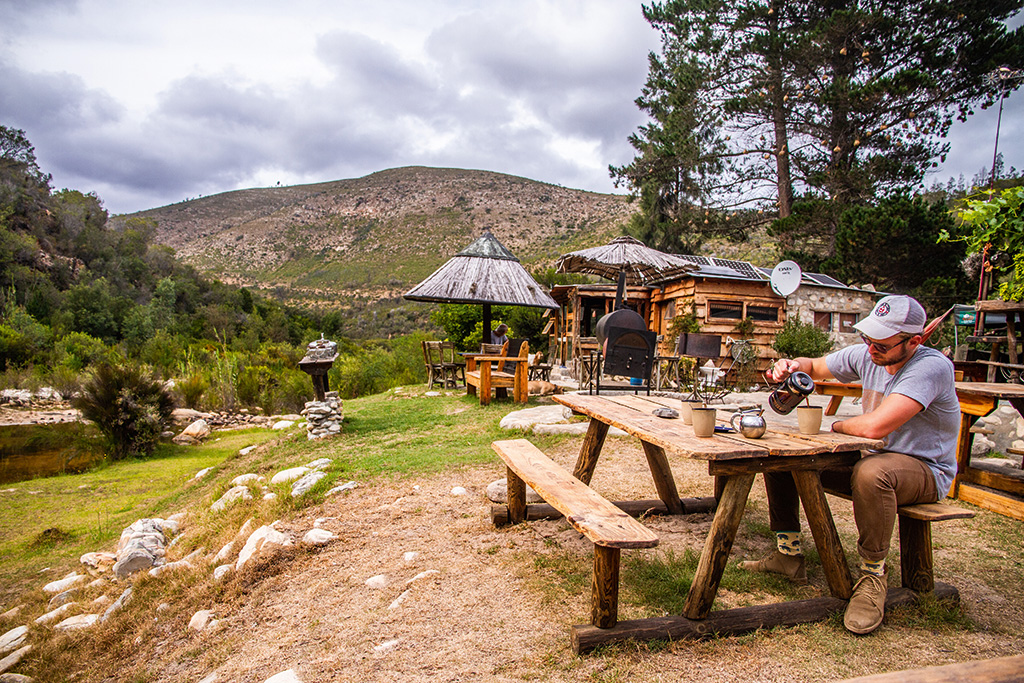
Cold coffee overlooking the De Vlugt Valley.
We learnt at the Forest Legends Museum – home to the history of the forest and an impressive skeleton of an elephant bull – that woodcutters had an uncanny ability to find their way around the twilight world of the forest. But it became a dangerous place when blanketed by thick fog and even the forest-wise children often lost their way. Being forest novices ourselves, we were grateful for the markings that guided us along the 9km Elephant Trail that bypassed both the Ysterhoutrug and King Edward VII picnic sites.
The fog hung heavily over the forest and so did the silence. There were no birds tweeting or cicadas screeching, and not another human to be heard. We felt completely alone as we strolled down the narrow pathways, our necks craning ever upward in awe of the giant yellowwoods towering above. Orange bracket fungi decorated old trunks, delicate spider’s webs dripped with dew and vines sprawled between trees. It’s a place where facts, fables and fabrications merge into one, and Dalene described its essence perfectly: ‘The enchantment of the forest transcends its physical presence, leaving the human soul touched in mysterious ways.’
But Benjamin felt trapped by the forest, and eventually left its claustrophobic confines in search of the truth. The main protagonist had grappled with his identity after being uprooted from the Long Kloof, which is why, after fighting off vervet monkeys during breakfast (one snatched an egg straight off the frying pan!), we packed our bags and followed his rebellious escape to the Knysna Heads.

‘Do you know how to eat a mango?’
We’d barely climbed out of the car before Hope Villa owners, Tessa Walters and her partner had roped us into their playful debate. We concluded that the fruit is best eaten hedgehog-style (cut in half, then into cubes, and pressed inside out) and settled the matter with a beer out on the veranda. Built in 1901, the villa is one of the oldest buildings at the Knysna Heads. Tess pointed out the original yellowwood floorboards from the nearby forest, and where the croquet court used to be.
Soon after settling in, we made a beeline for the Eastern Head Viewpoint. The Hyundai nipped up the narrow road but it had been a slow hike for Benjamin. ‘The higher he climbed up the hill, the more he realised how he had forgotten how big the world could be, how open, how vast. How blue the sky could be, how blinding the sun.’ Dalene revealed later in the book that Benjamin had never been the son of a woodcutter, and that he was free to choose his own identity. Surrounded by the dramatic cliffs, he realised that he’d been Fiela’s child all along.
Instead of a brooding Benjamin, we found a horde of international tourists at the top of the cliffs, so we snuck off to find solace at the platform overlooking Coney Glen. From our lofty vantage point we watched boats play in the channel of water and people lounge on the beach below. I was reminded of how much South Africa has changed since the 19th century. Institutionalised racism has been abolished, cars have revolutionised travel (and hairstyles), there’s only one elephant left in the forest, and Knysna has become a major tourist town.
But the freedom of the Long Kloof, the thrill of driving Bain’s historic Prince Alfred’s Pass, the mysteries of the forest and that feeling when you first set eyes on the Heads? Those are all still the same.
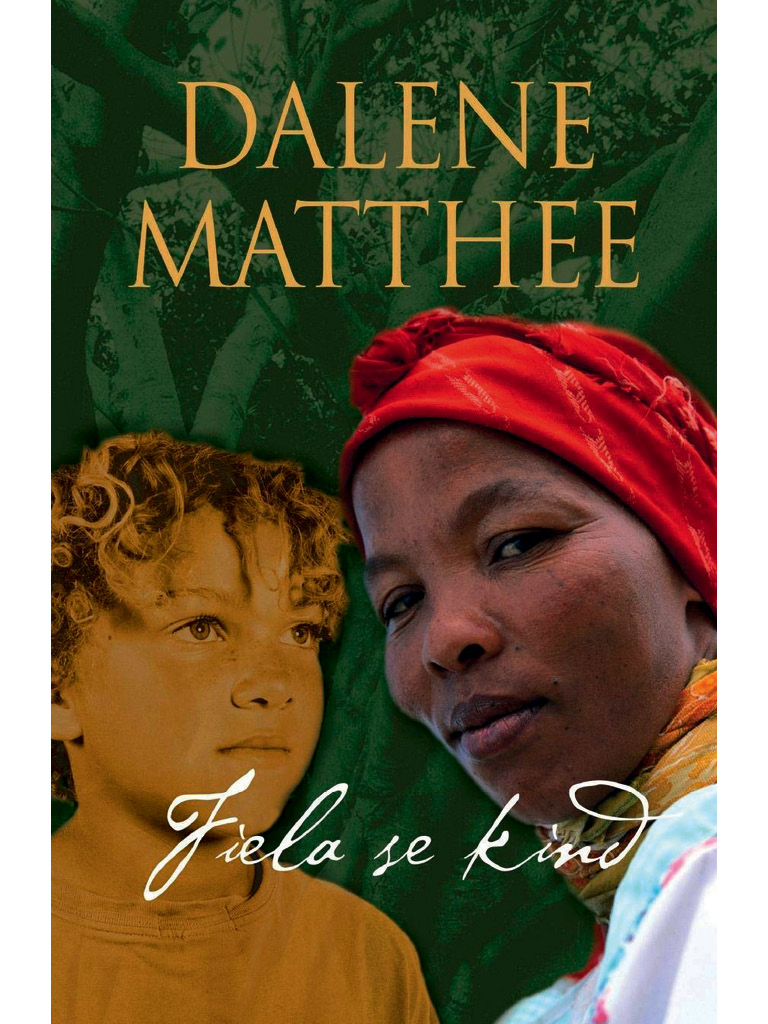
The ‘forest novels’
A conservationist at heart, Matthee wrote four books that tell the truth about the Knysna Forest and its elephants. In 2006 Exclusive Books listed Fiela se Kind and Kringe in ’n Bos in their ‘101 Books to Read Before you Die’.
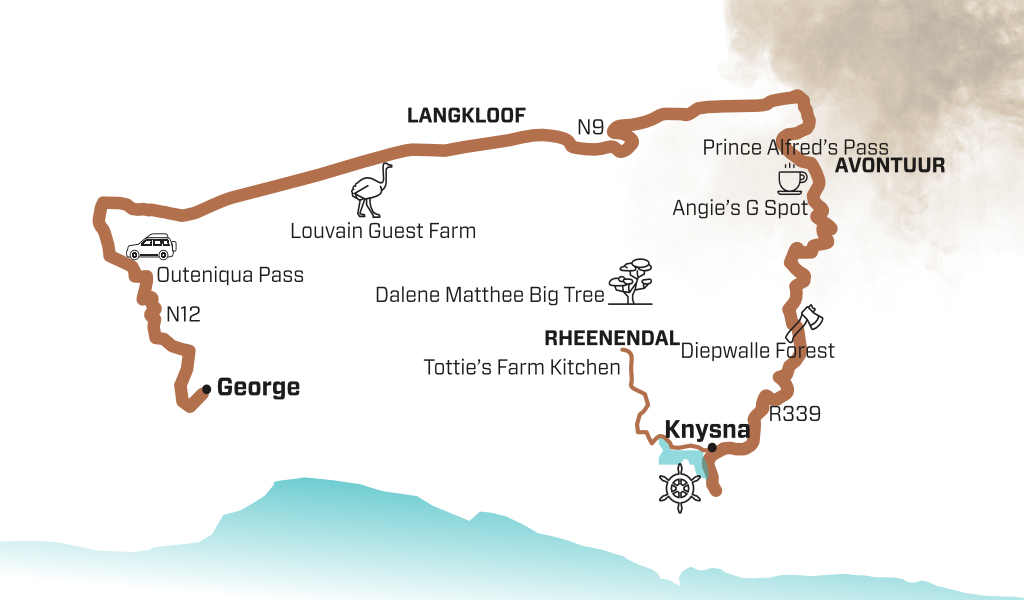
Trip Planner
Do This
Louvain Guest Farm has several activities on offer including bushmen painting and birdwatching tours, aromatherapy sessions and horse riding. Explore the Ox Wagon 4×4 Route on slick Silverback mountain bikes (hire at reception), hike up the hill behind the house for sundowners and be sure to request a microlight trip with Morne, from R500 pp for 20 minutes. louvain.co.za
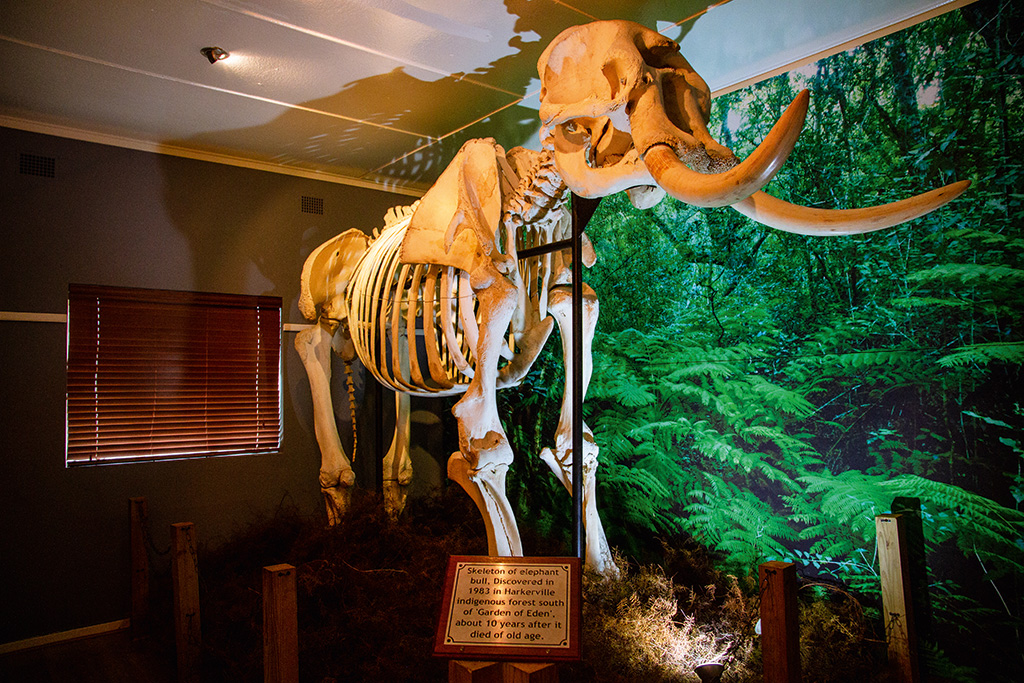
Once there were around 500 elephants in the Knysna forests, now this magnificent skeleton at the Forest Legends Museum is all you’re likely to see of the once plentiful herds.
Learn about the secrets of the forests at the Forest Legends Museum at Diepwalle. It’s well maintained and free of charge. knysnamuseums.co.za
Dalene Matthee surprised us with a flock of Knysna loeries flitting in the massive Outeniqua yellowwood above her memorial at Krisjan-se-Nek (on the Bibby’s Hoek Road from Rheenendal). dalenematthee.co.za
Stay Here
Historical Hope Villa is cosy and quaint, and a stone’s throw from the East Head Cafe. Take a mango! From R600 pp B&B (check website for specials). 071 267 2565, hopevillabb.co.za
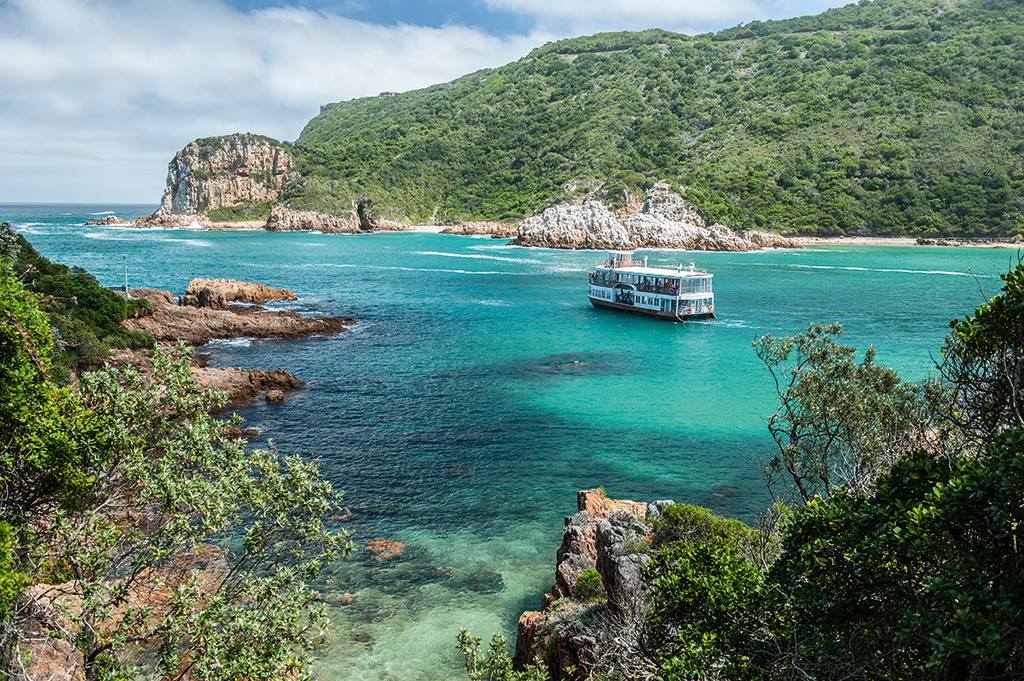
From the age of sail and steamship, the Knysna Heads have posed a treacherous maritime passage.
Louvain Guest Farm is affordable self-catering at its best, with cottages starting from R250 pp sharing, the Homestead from R450 pp. We stayed at Fiela se Huis – with four en-suite bedrooms, a fully furnished kitchen and an indoor braai area, it’s far more luxurious than the homestead described in the novel. From R350 pp sharing. 044 518 0015, louvain.co.za
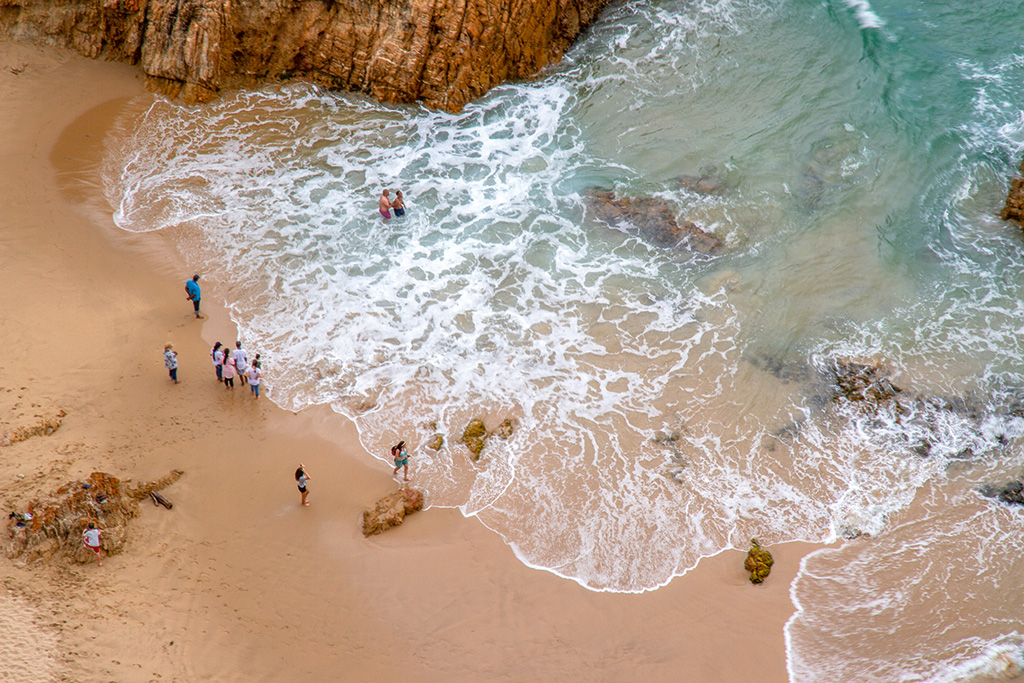
Visitors to Coney Glen Beach are oblivious to tourists scanning the view from East Head.
The raised decks at Diepwalle Forest are kitted with a lean-to eating area, braai facilities and a large canvas tent. From R490 (with tent for two included), or bring your own tent for R240 (for up to four people). 044 302 5606; 012 428 9111, sanparks.org
Eat & Drink
Knysna: The recipe for Île de Païn’s sourdough has been passed down for generations, which is why it’s so good. iledepain.co.za
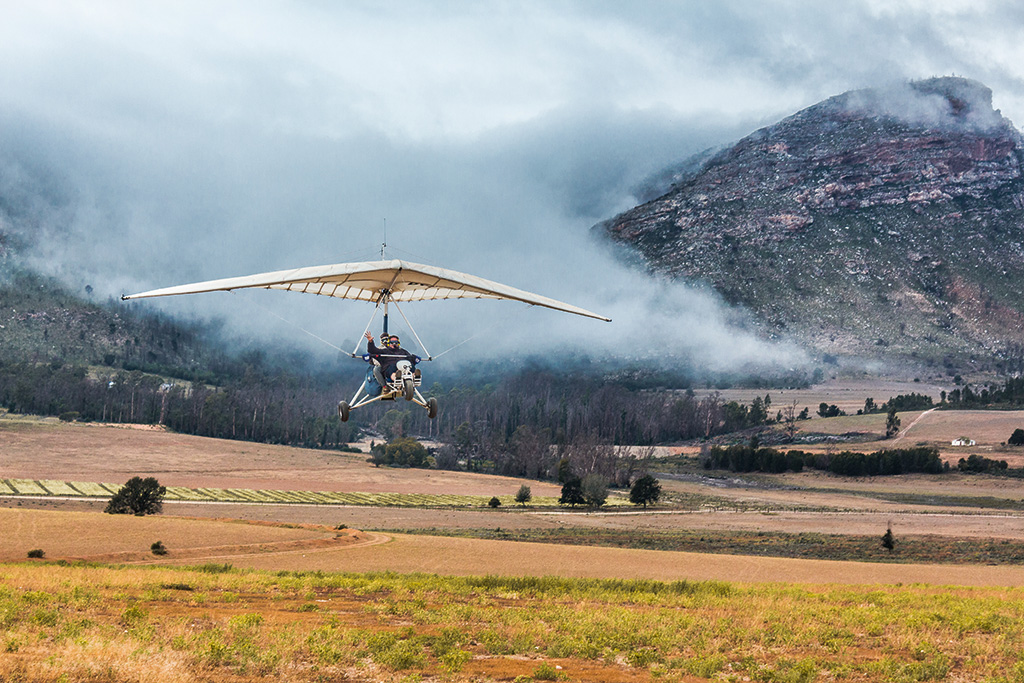
Microlight flip at Louvain
Three guesses what Tapas & Oysters is famous for? tapasknysna.co.za
A restaurant, a bar and a deli, 34 Degrees South at the Knysna Waterfront claims to be all of them, nor any of them. 34south.biz
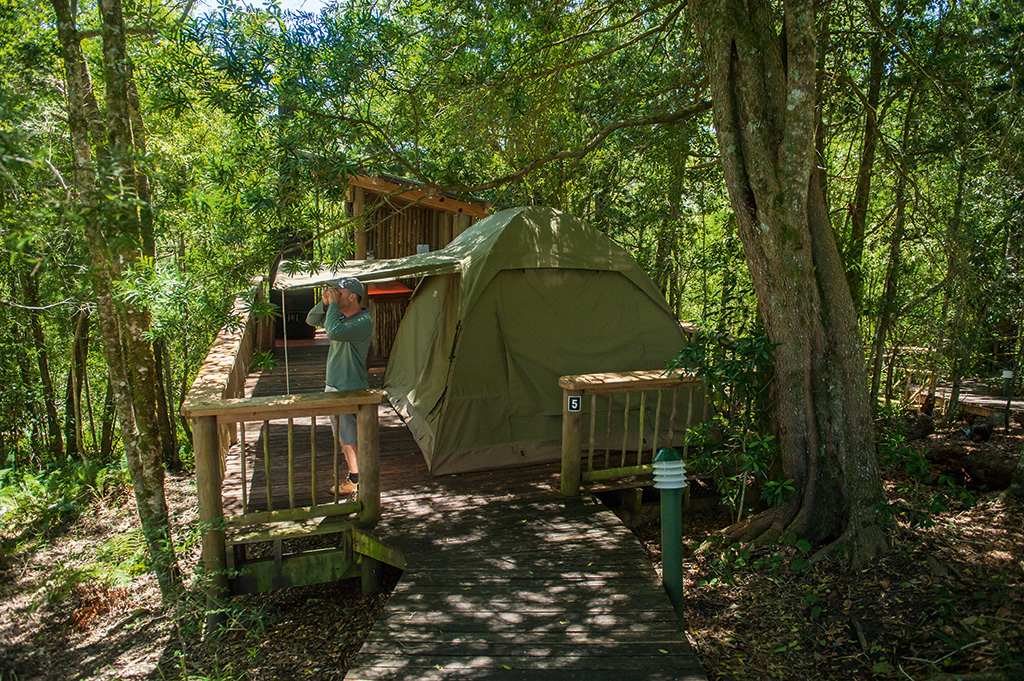
The raised camping decks at Diepwalle.
The East Head Café has a great view of the heads. Grab dessert at the Ice Palazzo below if they’re open. eastheadcafe.co.za
Try Tottie’s quirky farm kitchen in Rheenendal en route to Dalene Matthee’s memorial. Tottiesfarmkitchen.co.za









